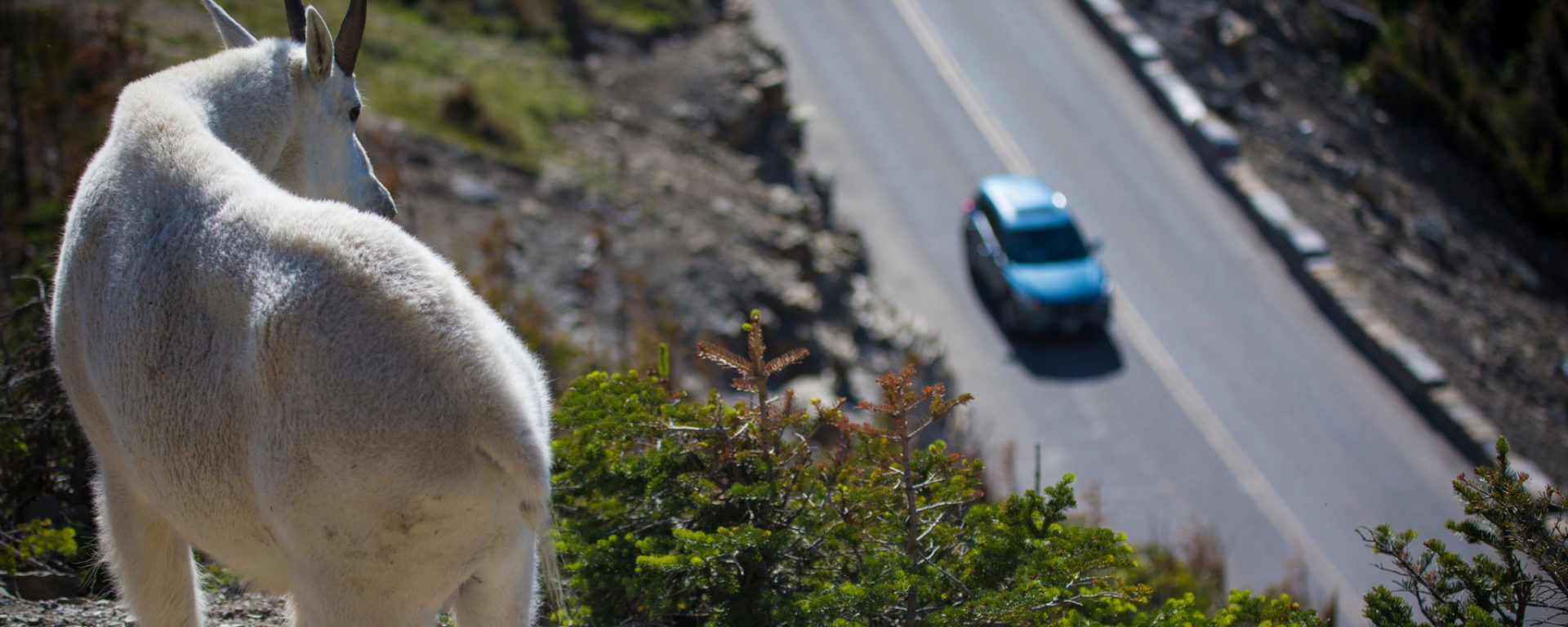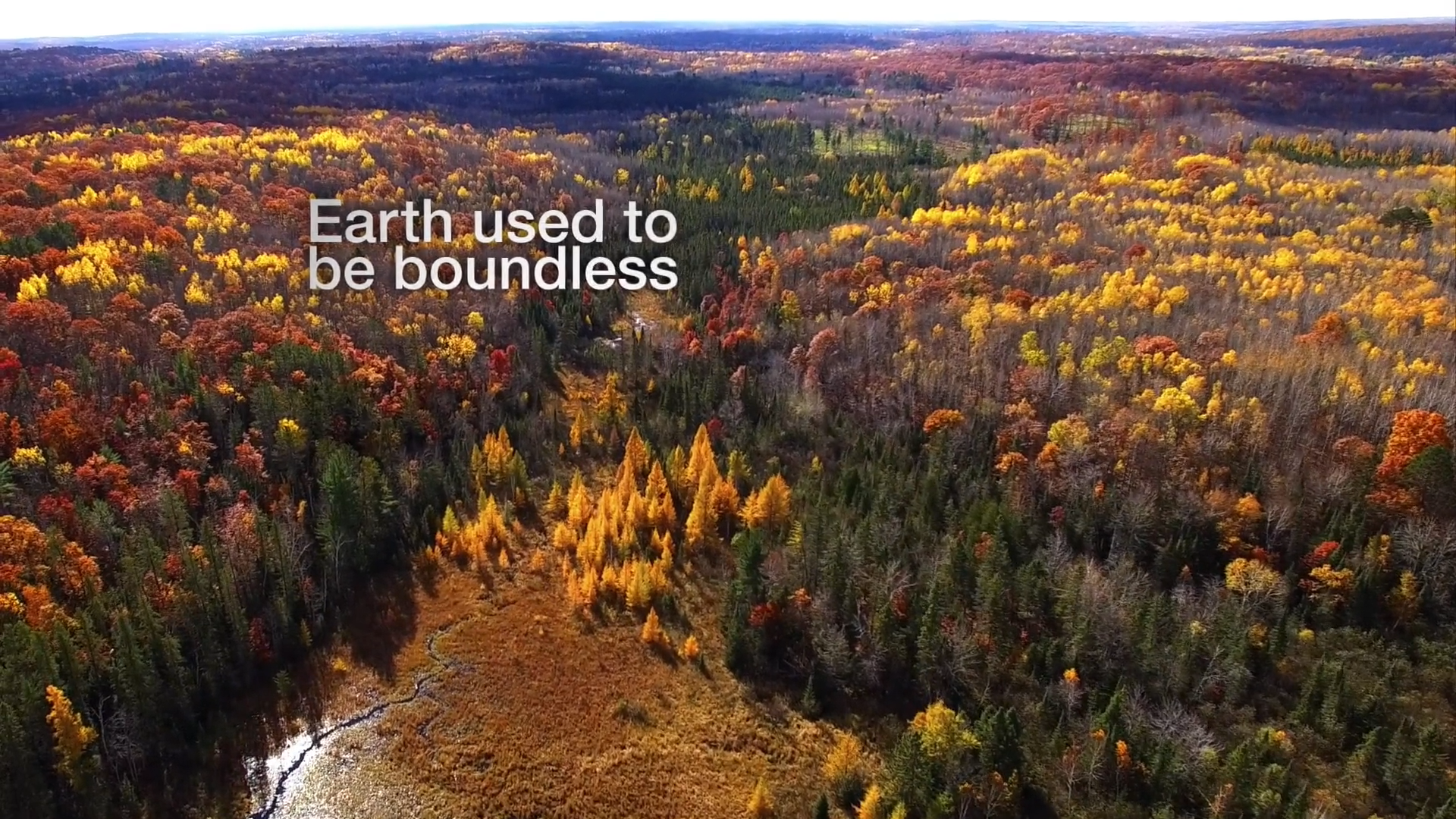Today, the IUCN World Commission on Protected Areas (WCPA) Connectivity Conservation Specialist Group released the first-ever global guidelines for protecting the ecological connectivity of nature. The IUCN Guidelines for Conserving Connectivity through Ecological Networks and Corridors are now available free to the public to inform more consistent connectivity conservation practices that use the best-available science and innovations to ensure well-connected terrestrial, freshwater, and marine ecosystems. These Guidelines introduce common definitions, highlight applications around the world with 25 case studies, and recommend designation of ecological corridors that knit together protected and conserved areas to form ecological networks for conservation.
Watch Nature’s Connective Tissue, a short video produced in parallel with the IUCN guidelines to highlight the urgent need to protect ecological connectivity.
The Guidelines are a principal output of the Connectivity Conservation Specialist Group (CCSG) under the IUCN World Commission on Protected Areas. Developments toward this significant milestone began in 2003, with more than 100 experts in 30 countries having now contributed to this innovative guidance for communities, managers, policy-makers, and practitioners around the world. The main objective of these Guidelines is to provide insight into the leading tools for conserving the physical links between protected and conserved areas, and areas outside their boundaries as part of large, interconnected ecological networks.
The insights provided are premised on the knowledge that connected lands and waters provide crucial ecosystem services supporting human health and well-being, including wildlife migration, hydrology, nutrient cycling, pollination, seed dispersal, food security, climate
resilience and disease resistance. Importantly, the Guidelines build on the wide recognition that “ecological connectivity”, defined as “…the unimpeded movement of species and the flow of natural processes that sustain life on Earth,” is essential for healthy ecosystems, especially to combat biodiversity loss and climate change. To protect these vital interconnections of nature, the Guidelines are intended as the leading resource for connectivity conservation solutions that halt and reverse the fragmentation of nature around the world.
Read the full press release issued by the IUCN World Commission on Protected Areas Connectivity Conservation Specialist Group, Center for Large Landscape Conservation, Yellowstone to Yukon Conservation Initiative, and IUCN World Commission on Protected Areas Beyond the Aichi Targets Task Force.

